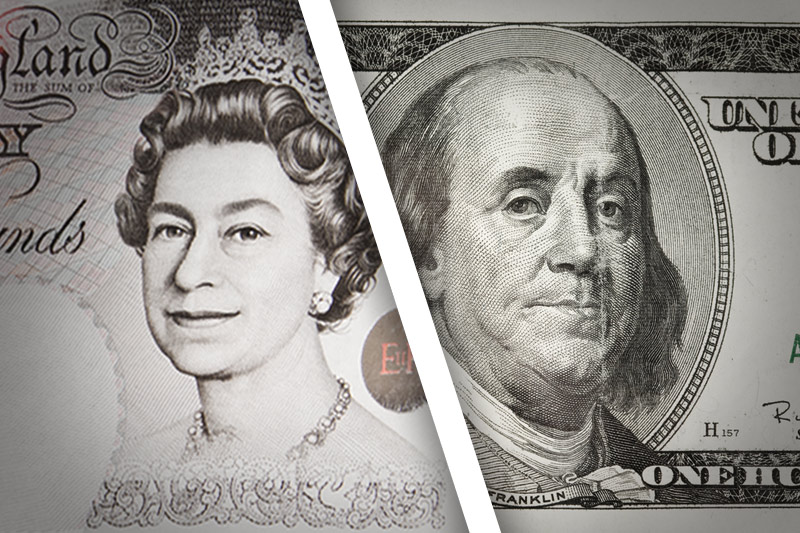Investing.com - The pound turned higher against the U.S. dollar on Tuesday, after data showed that U.S. consumer confidence unexpectedly fell to seven month low in November, although comments by Bank of England Mark Carney continued to weigh on demand for sterling.
GBP/USD hit 1.6194 during U.S. morning trade, the session high; the pair subsequently consolidated at 1.6180, adding 0.15%.
Cable was likely to find support at 1.6060, the low of November 19 and resistance at 1.6257, the high of October 23.
The Conference Board said its index of U.S. consumer confidence declined to 70.4 in November from 72.4 in October. Analysts had expected the index to rise to 72.9 this month.
A separate report showed that the number of building permits issues in the U.S. rose to the highest level since January 2008 in October.
The Commerce Department said that the number of building permits issued rose 6.2% to a seasonally adjusted 1.034 million from September’s total of 0.970 million.
Analysts expected building permits to decline to 0.940 million units in October.
Earlier in the day, Carney welcomed the fall in the U.K. unemployment rate to 7.6% in the third quarter, but reiterated that the bank’s 7% target for unemployment was a threshold at which the bank would consider raising interest rates.
"The exact timing of when that 7% threshold will be achieved is subject to uncertainty. We do our best to give our estimates of that uncertainty... One month's unemployment figures does not have a material change on those likelihoods," he said.
The comments came during testimony on the BoE’s quarterly inflation report before parliament’s Treasury committee.
On the economy, Carney said that "all the elements" were in place for a pick-up in activity.
Sterling was steady against the euro, with EUR/GBP inching up 0.02%, to hit 0.8369.
The euro shrugged off dovish remarks by European Central Bank board member Benoit Coeure, who said Tuesday that negative deposit rates are still a possibility.
GBP/USD hit 1.6194 during U.S. morning trade, the session high; the pair subsequently consolidated at 1.6180, adding 0.15%.
Cable was likely to find support at 1.6060, the low of November 19 and resistance at 1.6257, the high of October 23.
The Conference Board said its index of U.S. consumer confidence declined to 70.4 in November from 72.4 in October. Analysts had expected the index to rise to 72.9 this month.
A separate report showed that the number of building permits issues in the U.S. rose to the highest level since January 2008 in October.
The Commerce Department said that the number of building permits issued rose 6.2% to a seasonally adjusted 1.034 million from September’s total of 0.970 million.
Analysts expected building permits to decline to 0.940 million units in October.
Earlier in the day, Carney welcomed the fall in the U.K. unemployment rate to 7.6% in the third quarter, but reiterated that the bank’s 7% target for unemployment was a threshold at which the bank would consider raising interest rates.
"The exact timing of when that 7% threshold will be achieved is subject to uncertainty. We do our best to give our estimates of that uncertainty... One month's unemployment figures does not have a material change on those likelihoods," he said.
The comments came during testimony on the BoE’s quarterly inflation report before parliament’s Treasury committee.
On the economy, Carney said that "all the elements" were in place for a pick-up in activity.
Sterling was steady against the euro, with EUR/GBP inching up 0.02%, to hit 0.8369.
The euro shrugged off dovish remarks by European Central Bank board member Benoit Coeure, who said Tuesday that negative deposit rates are still a possibility.
